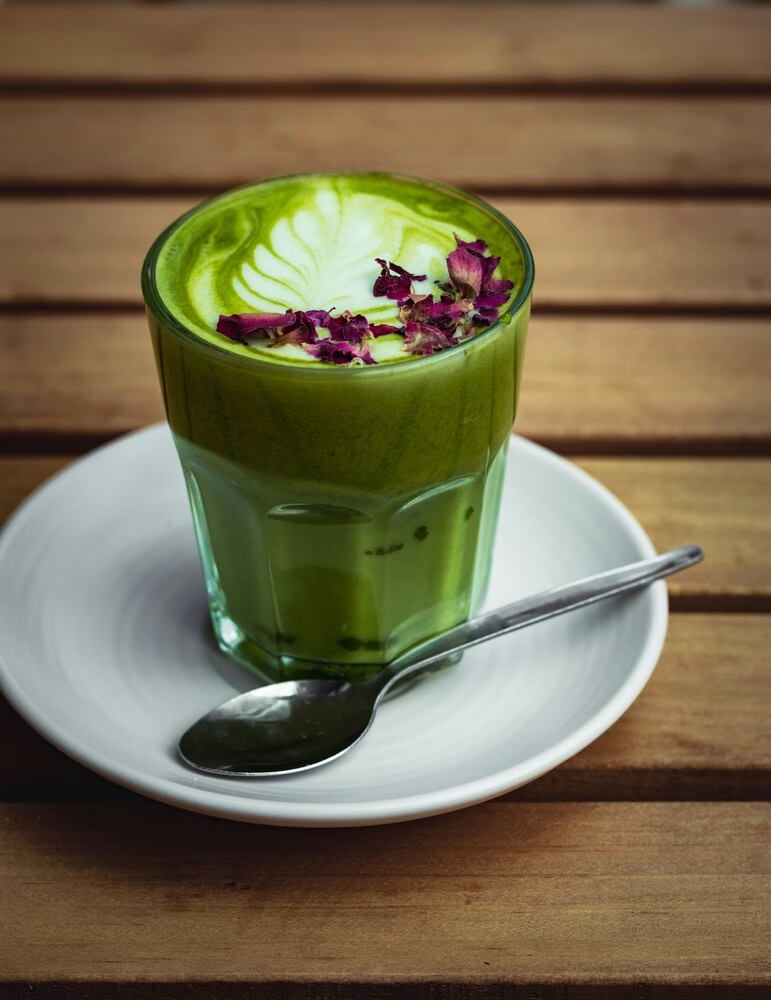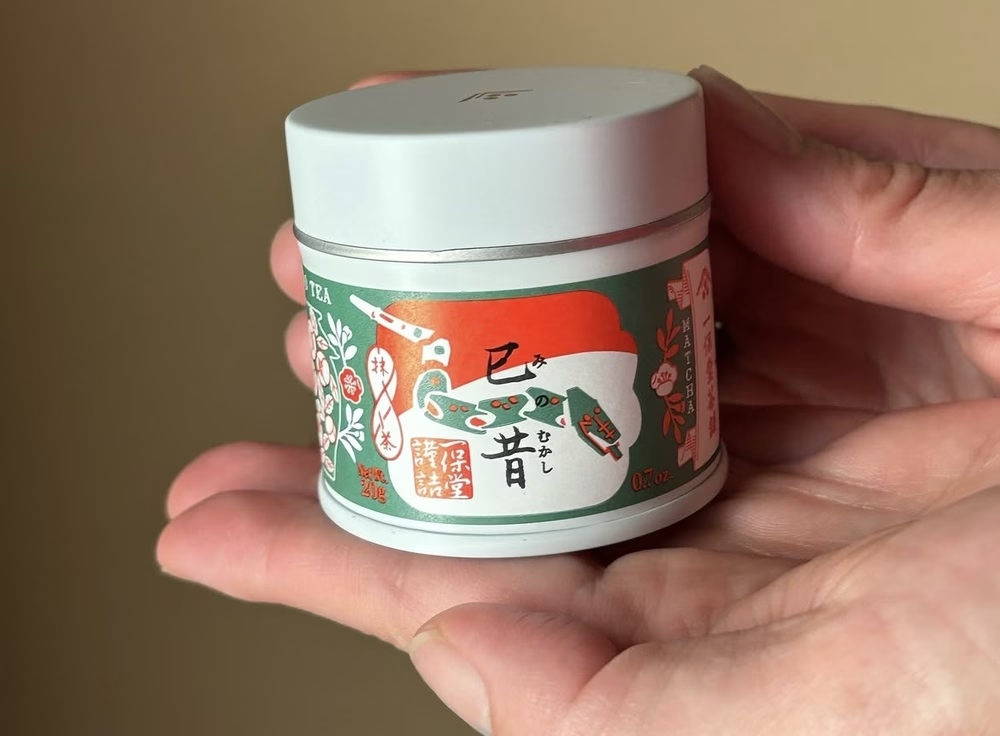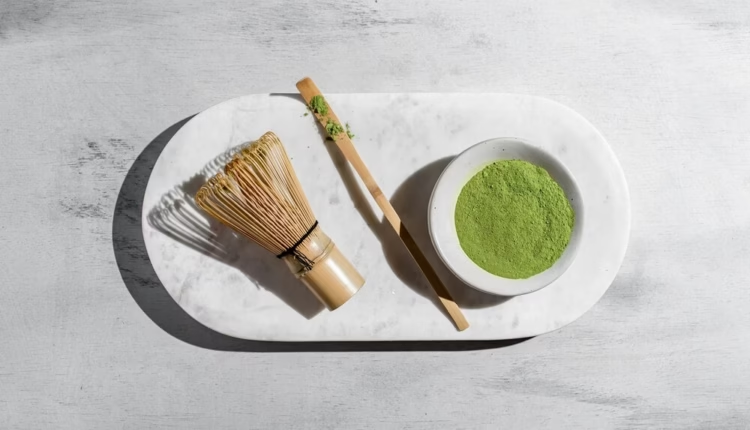Is the Matcha Shortage Something to Be Concerned About?

Over the past few years, matcha has skyrocketed in popularity—but Japan’s producers are finding it hard to keep up with demand.
BY MONICA MANANSALA
BARISTA MAGAZINE ONLINE
Featured photo by Natalie Behn
By now, you may have heard through the grapevine that there’s a serious matcha shortage going on, with Japan struggling to produce enough of the green tea powder to keep up with global demand. Today, we’ll look into what’s causing the issue—and whether or not it’s cause for concern.


Unpacking the Matcha Craze
Over the past two years or so, it seems like social media has been bombarded by matcha-related content, with influencers showing off their elaborate collections of matcha powder and making matcha-infused versions of pretty much anything you can think of—from matcha cookies to matcha candles, and even matcha sourdough bread.
CBS News reported that in 2024, the United States imported 2.5 tons of matcha—and a market analysis report from Grand View Research shares that the global matcha industry is projected to reach $5 billion USD by 2028, and $7.43 billion by the year 2030.


Though matcha has only recently exploded in popularity around the world, it’s been a staple of Japanese culture for hundreds of years; however, traditional matcha consumption is completely different than what we’ve been seeing in the western world. In the past, matcha was prepared simply with water and only enjoyed on special occasions—and yet, today, we see people mixing it with milk and syrup, and drinking it multiple times a day.
Matcha’s rapid growth in popularity in recent years can be attributed to a number of things. First, many regard matcha to be a “superfood,” seeking it out for its antioxidant properties and ability to improve relaxation and focus. Others enjoy matcha because it gives more of a balanced boost in energy than coffee, which, for many, can cause anxiety or jitters. Lastly, with its vibrant green color, matcha is aesthetically pleasing and pairs well with many different ingredients, making it a natural coffee shop staple.



But now, even the most avid matcha consumers are beginning to admit that the obsession is getting to be a little excessive. After all, who’s really going to be able to go through 30 tins of matcha powder before it all expires? And does everything we own have to be matcha-scented? Plus, what ever happened to good, old-fashioned tea?
While the matcha “craze” is, in a sense, understandable, it’s driven by the fact that many consumers don’t actually know how matcha is produced—and just how long and arduous the process can be. And, as café-goers and content creators down one matcha drink after another, many tea farmers are left scrambling.
The Reality of Matcha Production
Masakazu Watanabe, President of Ippodo Tea Co., sheds light on the reality of matcha production, explaining that growing and harvesting quality matcha can be a years-long process. “Tea is a specialty agricultural product, meaning its harvest is heavily dependent on natural growing conditions each year. Annual production is limited, and significantly increasing supply isn’t possible overnight,” he says. “For example, after planting a new tea tree, it takes over 5 years for it to grow before you can enjoy tea from it.”



He also explains that, due to skyrocketing demand for matcha, many tea farmers in Japan have abandoned growing other types of tea and begun focusing completely on producing matcha—and still, they’re finding it difficult to keep up.
“Even with their efforts, the supply of matcha is still not enough to meet demand. When their harvests were sold this May at the annual Kyoto wholesale tea market, the average trading price was approximately 2.7 times the price of the previous year, setting a new record,” Masakazu explains.



Masakazu shares that this has had a snowball effect on other types of tea as well. “The shift toward matcha production has led to a decrease in the supply of other types of tea. As a result, the trading price for all teas increased as well, to a staggering average of approximately 2.5 times the previous year,” he says.
What This Means for Consumers + Cafés
While no one can force you to stop drinking matcha, it’s important to note that, if consumers don’t slow down, matcha prices will continue to go up—and you can expect to see more “Out of Stock” signs popping up at coffee shops and tea houses in your area. Furthermore, Donald Trump’s new 15% tariff on Japan, which took effect on August 1, may exacerbate things further in the U.S.



And when it comes to Ippodo Tea, Masakazu shares that the company has, with heavy hearts, felt the need to place limits on the amounts of matcha that customers can order. “While we’re deeply grateful to see such passion for matcha emerge, we’re also saddened to see some instances of bulk purchasing matcha products by unauthorized resellers,” he says. “Moving forward, we’re committed to getting our matcha products to as many customers as possible—and we’ve put purchase limits in place across sales channels globally.”
ABOUT THE AUTHOR
Monica Manansala is a coffee and matcha enthusiast living in Los Angeles. In her spare time, she enjoys cooking and spending time with her cat.
Subscribe and More!
As always, you can read Barista Magazine in paper by subscribing or ordering an issue.
Read the August + September 2025 Issue for free with our digital edition.
For free access to more than five years’ worth of issues, visit our digital edition archives here.
Source: Barista Magazine



